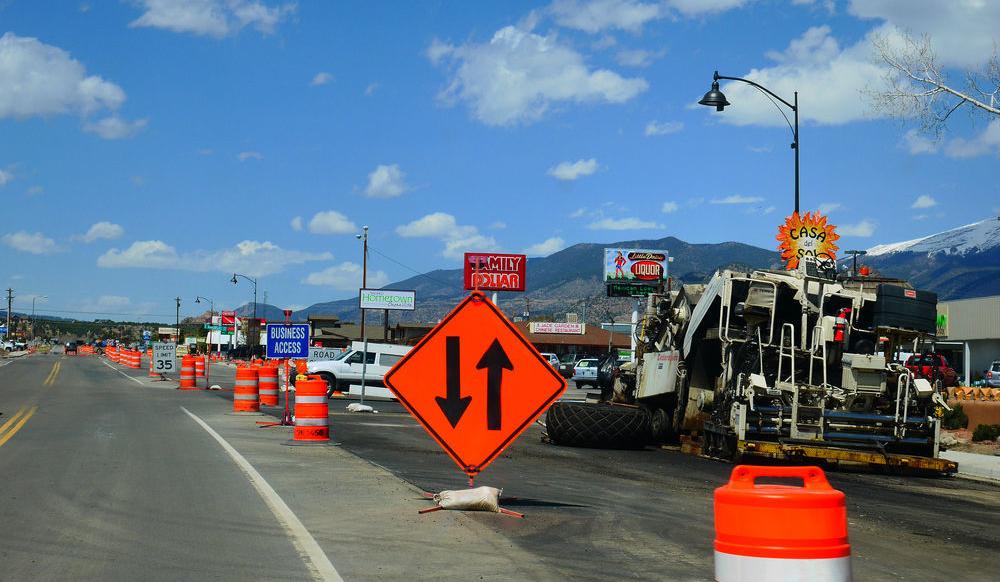PennDOT Once Again Looking for New Funding Sources, Increased Taxes

(The Center Square) – Only California and Illinois have a higher gas tax than Pennsylvania, and the commonwealth’s reliance on the state and federal gas tax to fund highways and bridges isn’t sustainable based on future projections, says its transportation department.
Other states, analysis shows, broaden their revenue base to fund the Department of Transportation.
“The gas tax, once a fair and sustainable way to pay for roads and bridges, is antiquated and inadequate,” PennDOT wrote in its Transportation Revenue Options Commission report.
The commission was established by Democratic Gov. Tom Wolf to explore other ways to fund the state’s infrastructure.
“Pennsylvania relies to a much greater extent than other states on this eroding revenue source,” PennDOT wrote. “Together we need to find fair, feasible, future-oriented solutions to pay for all transportation modes.”
Pennsylvania gets 78% of its revenue to fund PennDOT from the state and federal gas tax.
Neighboring states, meanwhile, range from 18% in New York to 60% in West Virginia. The average reliance, when including Virginia, is 35.9%. Nationally, states get roughly 30% of road infrastructure funding from the gas tax.
Instead of maxing out on the gas tax, most states use motor vehicle sales taxes, driver’s license fees, general sales taxes, corporate taxes, retail taxes, and taxes on casinos, banks, cigarettes, and other sources. A wide base of taxes and fees make it easier to adjust if funding dips or disappears.
Beyond Pennsylvania’s neighbors, six states rely on general sales taxes to fund their state DOTs, and 17 states (plus the District of Columbia) use general fund revenues, according to a 2016 report from the American Association of State Highway and Transportation Officials.
The diversity of how states fund transportation infrastructure shows the options available to the General Assembly. The options also highlight the need for PennDOT to cooperate with the Legislature.
PennDOT’s previous effort to add tolls on nine bridges across the commonwealth was strongly opposed by the Republican majority in the Statehouse and eventually struck down by the Commonwealth Court, as The Center Square previously reported.
Another approach advocated by PennDOT is to allow local entities to pass fees and taxes for regional infrastructure projects. To do so, the General Assembly would have to pass enabling legislation.
“This locally driven model has gained support nationwide and has been successfully implemented by competitor regions across the U.S.,” the report noted. “Such local funding sources should be bondable and must be in addition to current levels of state and federal funding – and targeted specifically toward transportation improvements.”
Anthony Hennen
Staff Reporter
Anthony Hennen is a reporter for The Center Square. Previously, he worked for Philadelphia Weekly and the James G. Martin Center for Academic Renewal. He is managing editor of Expatalachians, a journalism project focused on the Appalachian region.







